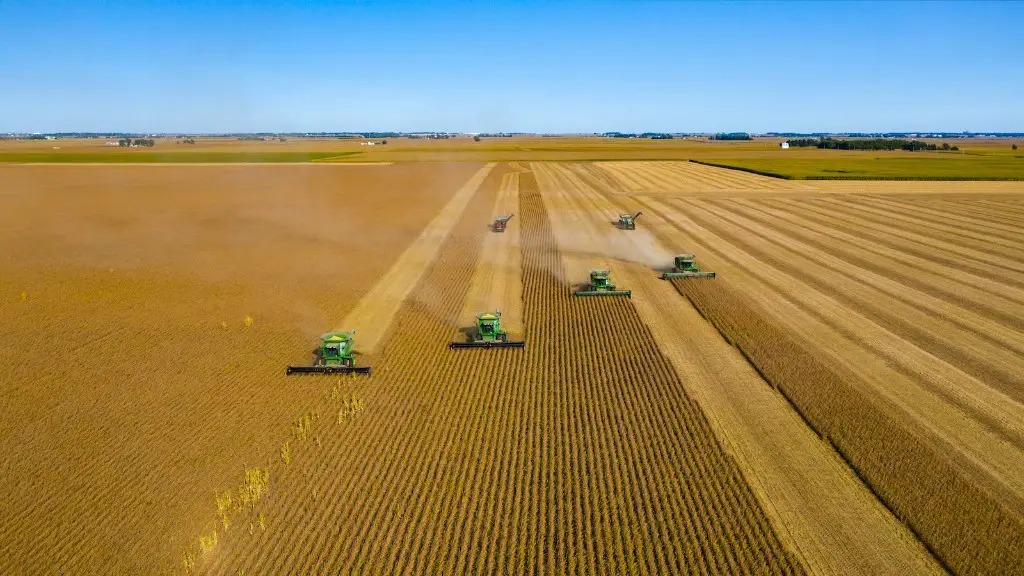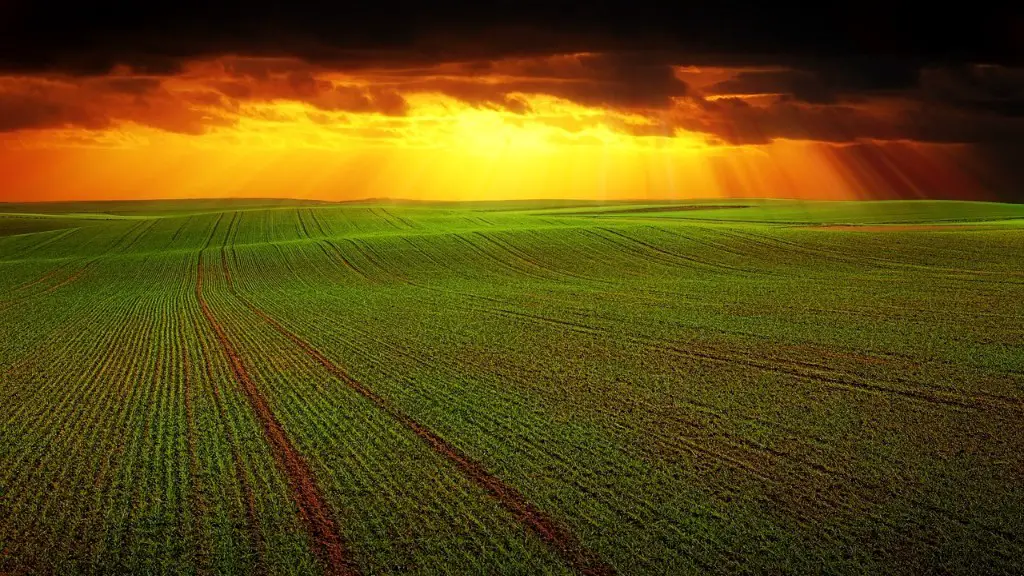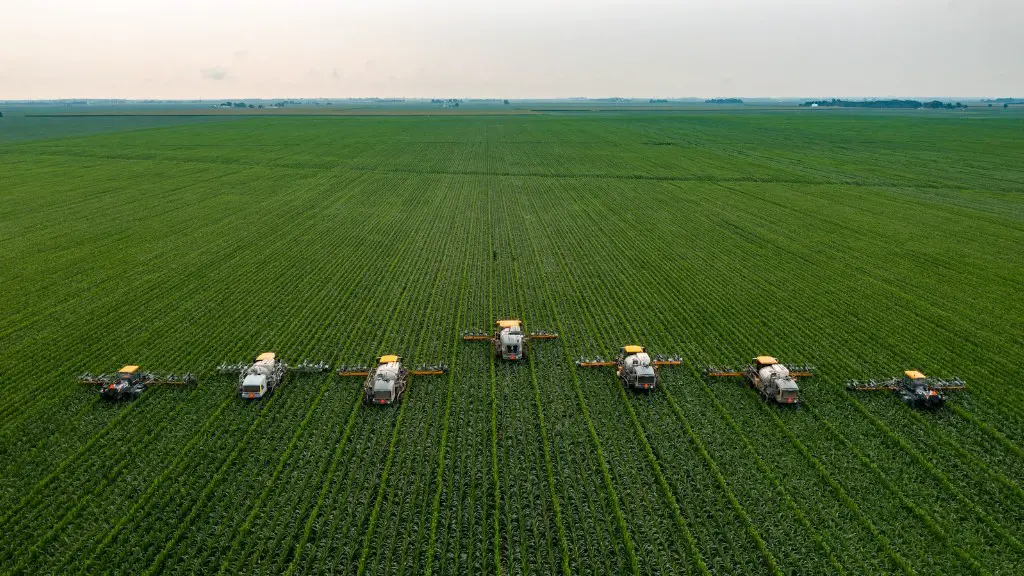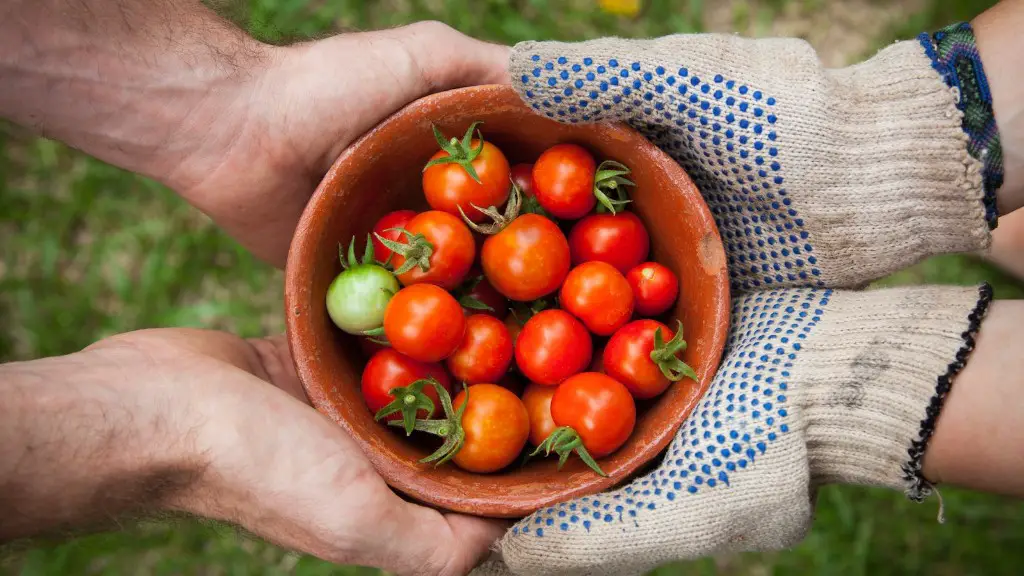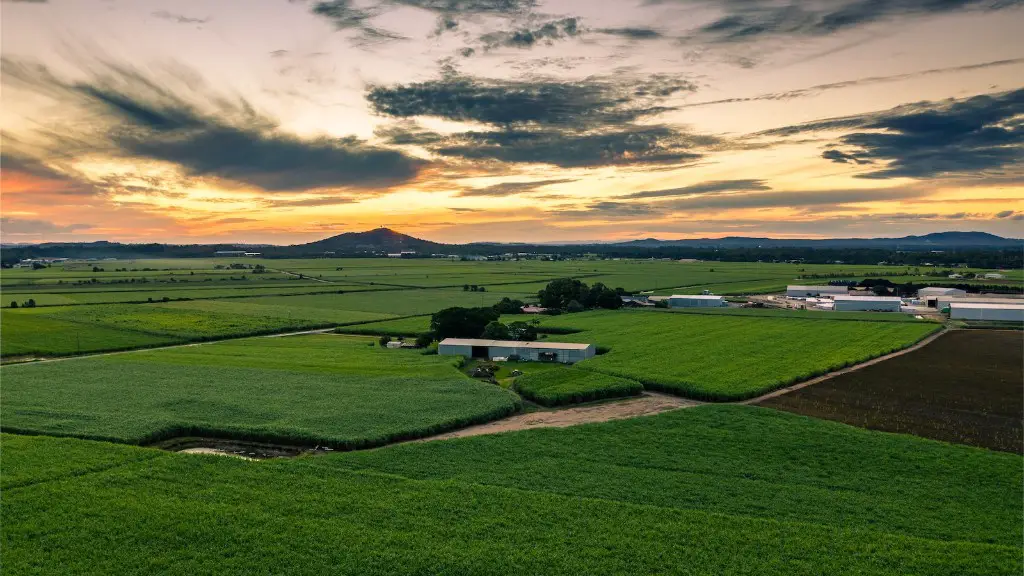Artificial intelligence has the potential to help farmers in a number of ways, from increasing crop yields to reducing the need for pesticides. For example, AI-powered agricultural robots can be used to identify and isolate pests and diseases, and then apply the appropriate treatment. AI can also be used to monitor crops and soil health, as well as weather patterns, to provide farmers with real-time data that can be used to make informed decisions about irrigation, fertilization, and other critical factors.
Ai can help in Agriculture by reducing the amount of time that farmers spend on tasks such as planting, weeding, and crop maintenance. Additionally, it can help with yield prediction and irrigation scheduling by utilizing big data and analytics.
What are the 3 most popular applications of AI in agriculture?
AI is being used more and more in agriculture to help with various tasks. Some of the practical applications of AI in agriculture include crop and soil monitoring, insect and plant disease detection, livestock health monitoring, intelligent spraying, automatic weeding, aerial survey and imaging, and produce grading and sorting. The future of AI in agriculture looks promising, with farmers becoming AI engineers to help further increase crop yields and improve overall efficiency.
Every year, farmers have to make decisions about what crops to grow and how to allocate their resources. This can be a complex and difficult task, as there are many factors to consider, such as weather patterns, market conditions, and the availability of inputs.
Artificial intelligence (AI) can help simplify this process and identify which crops will be most profitable. AI can provide farmers with forecasting and predictive analytics to reduce errors and minimize the risk of crop failures. This information can help farmers make more informed decisions about how to allocate their resources and which crops to grow. In the long run, AI can help farmers improve their yields and profitability.
How does AI impact agriculture
AI brings a lot of benefits to the agricultural industry. It can help farmers to make better decisions about their crops and soil health. AI-powered machines can also help to monitor the weather and determine the quality of crops. All of these benefits can help to save money for farmers.
The technological revolution has certainly changed farming, but it will never replace all farmers. Farmers are the backbone of the agricultural industry and play a vital role in food production. They are responsible for ensuring that crops are grown and harvested correctly, and that livestock is healthy and well-cared for. Technology can help to automate some of these tasks, but it will never be able to replace the human element entirely.
Innovators need to work with the farming industry to ensure that the world doesn’t become apocalyptic. They need to take caution so that technology is used to supplement and improve farming, rather than replace it. With the right approach, the agricultural industry can benefit greatly from the advances of the technological revolution.
What are 10 ways AI is used today?
Artificial Intelligence (AI) is a broad field that refers to the use of computer algorithms to mimic human intelligence. AI can be used to perform a variety of tasks, including personal assistant tasks, fraud prevention, content creation, and educational tasks. Additionally, autonomous vehicles are increasingly powered by AI.
The Chinese and Indian governments are both investing in agricultural AI in order to increase food production and improve food security. Both countries are working on projects to use machine learning to predict crop yields. China’s government is investing more heavily in agricultural AI than India’s government, but both countries are committed to using AI to improve their food production.
What are 3 benefits of AI?
There are many advantages of artificial intelligence, some of which are listed below:
1. Artificial intelligence can help to drive down the time taken to perform a task, as it can automate tasks which would otherwise be performed manually.
2. Artificial intelligence can enable the execution of hitherto complex tasks without significant cost outlays, as it can replace the need for human labour in many cases.
3. Artificial intelligence can operate 24×7 without interruption or breaks and has no downtime, which can be a major advantage over human workers.
4. Artificial intelligence can augment the capabilities of differently abled individuals, as it can provide them with assistance in completing tasks which they would otherwise find difficult or impossible to complete independently.
The use of robotics in agriculture can help farmers to increase their efficiency and production while decrease their costs. By automating tasks like planting, watering, and crop harvest, farmers can reduce their labor needs and free up time to focus on other tasks. Additionally, precision robotics can help to improve crop yields by increasing accuracy and consistency in tasks like spraying herbicides and insecticides. Ultimately, the use of robotics in agriculture can help to increase food production and sustainability.
How AI is transforming the agricultural industry
Predictive maintenance of crops is a process by which farmers can improve their yields and decrease costs by using pre-trained drones to capture images of plants and using AI algorithms to analyze them. This allows farmers to quickly and accurately identify problems with their crops, and recommend solutions accordingly.
The world’s terrestrial ecosystems are under increasing pressure from human activities. forest cover is declining, as are the populations of many plant and animal species. Soil is being lost and degraded, and water resources are being depleted.
To protect, restore and promote sustainable use of terrestrial ecosystems, we need to:
– Sustainably manage forests
– Combat desertification
– Halt and reverse land degradation
– Halt biodiversity loss
These are ambitious goals, but they are essential if we are to continue to enjoy the benefits that healthy ecosystems provide, such as clean air and water, food and timber, and astable climate.
How do robots help in agriculture?
There are many different types of robots that can be used in agriculture. Some robots are designed for mobile manipulation, such as collaborative arms that can be used for harvesting and fruit handling. Other robots are designed for collecting and converting useful information for the farmer, such as data on crop yields and soil conditions. Still other robots are designed for selective application of pesticides, herbicides, and fertilizers. And finally, some robots are designed to help avoid food waste, by selecting and sorting food items for quality and freshness.
Artificial intelligence in agriculture is a huge asset to farmers. Not only does it help them automate their agricultural operations, but it also changes to precision cultivation for improved crop output and quality while using less resources. This is a huge benefit to farmers, as they can save time, money, and resources by using artificial intelligence in their agricultural operations.
Can agriculture be fully automated
Farm automation practices can make agriculture more profitable by reducing the amount of pesticides and fertilizer used while also reducing greenhouse gas emissions.
ML has been used to solve different agricultural problems in crop management, including yield prediction, disease detection, weed detection, crop quality, and species recognition; in livestock management, including animal welfare and livestock production; in water management; and in soil management.
This demonstrates the potential for ML in agriculture, as it can be used for a variety of purposes.
In the future, ML could be used even more extensively in agriculture, as it can provide valuable insights into data sets that are often too large or complex for humans to analyze.
What are the 14 benefits of AI?
There are many benefits of AI for businesses, including automation, improved customer experience, smarter decision making, research and data analysis, solving complex problems, and managing repetitive tasks. AI can help businesses improve efficiency and reduce errors.
Artificial intelligence has become ubiquitous in our daily lives, whether we realize it or not. Here are eight examples of AI that you’re likely to come across on a daily basis:
1. Maps and Navigation AI: GPS apps and maps use artificial intelligence to constantly update and improve routes and ETAs.
2. Facial Detection and Recognition: Many phones and cameras now have AI-powered facial recognition capabilities.
3. Text Editors or Autocorrect: Anytime you type on your phone or computer, AI is working in the background to autocorrect your spelling and grammar.
4. Search and Recommendation Algorithms: Search engines and social media platforms use AI to show you relevant results and recommendations based on your search history and interests.
5. Chatbots: Those automated customer service agents you often talk to are powered by AI.
6. Digital Assistants: Siri, Alexa, and Google Assistant are all examples of digital assistants that use AI to understand and respond to your questions and commands.
7. Social Media: AI is used to target ads, curate content, and recommend friends and pages on social media platforms.
8. E-Payments: Mobile payment apps like Apple
Warp Up
The potential for AI in agriculture is great. It can help with things like increasing yields, reducing water usage, and improving food quality. Additionally, AI can help with things like precision farming, which can reduce the amount of chemical inputs used, and farm management tasks such as herd health monitoring and early detection of crop pests and diseases.
Ai can help in agriculture by assisting farmers with tasks such as crop mapping and irrigation. Additionally, ai can help to identify patterns and tendencies in data collected from farms in order to help farmers optimize their practices.
